Think a good logo is just a mix of shapes and colours? Think again. It’s much more than a visual arrangement, it’s the heart of your brand’s identity.
Your store determines people at first glance, so a unique logo should stick in their mind and influence their decision.
A memorable store logo can be developed from countless creative options that distinguish your store from others. Thousands of new online shops open daily, making being distinct from others an absolute necessity. The journey of creating an excellent online store begins with choosing the best possible logo.
What are the 25 Logo Features to suit an online retail website?
The success of a logo depends more on elements other than the logo colour design. This blog shows you every step required to build a memorable logo that matches your internet store.
These tips and tools will help you achieve logo success, whether you build an online store from the start or modify its brand.
Let’s start!
Table of Contents
- Why Your Online Shop Logo Matters
- How to Design a Logo from Scratch
- 7 Tips for Designing a Good Logo
- Common Mistakes to Avoid in Logo Design
- 5 Free Logo Design Maker Tools
- How to Design a Logo with AI
- How to Design a Logo: FAQ
- Final Thoughts
1. Why Your Online Shop Logo Matters
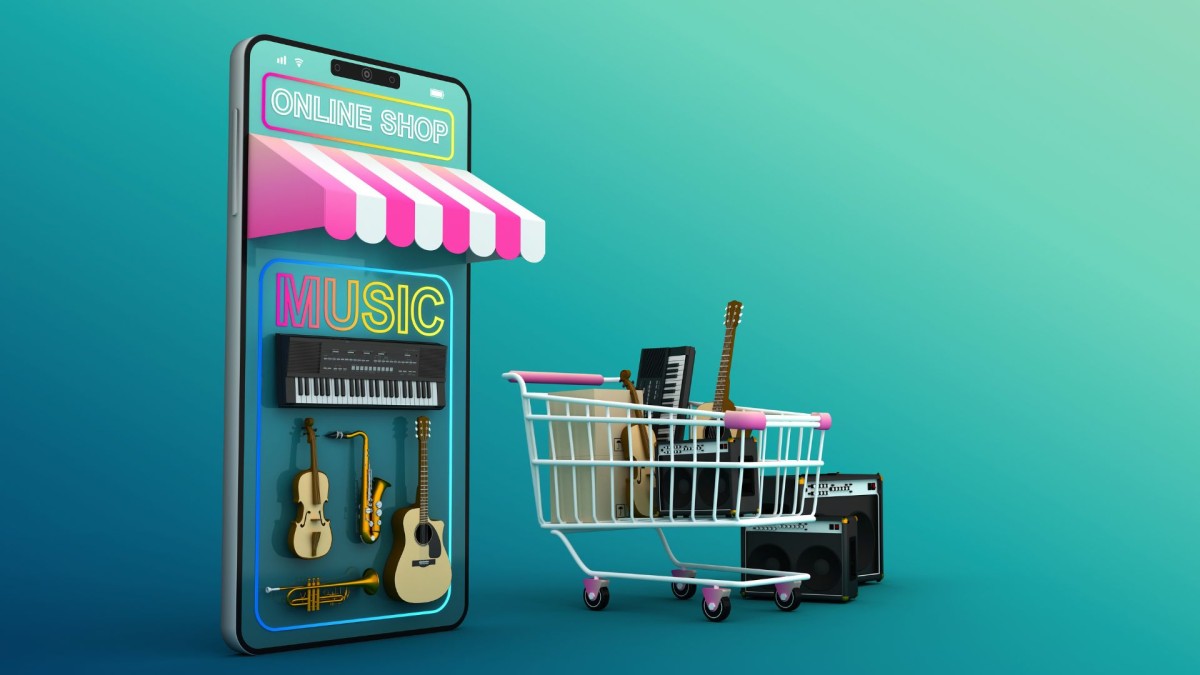
Your logo shows who you are and what customers can expect, proving they can trust you. Physical distance makes us heavily reliant on picture-based signals in our online environment. Your logo creates a belief in customers that helps them spot your business even while surrounded by industry rivals.
Your logo assists people in identifying and reacting emotionally to your brand at first glance. Your total branding identity strengthens and attracts enduring customers at the same time. Your emblem shows customers how you want them to understand your business basics and values.
Basic branding begins to help your business with your logo since customers first judge your business through this element.
2. How to Design a Logo from Scratch

Starting with new ideas does not require graphic design skills. You begin creating designs using only your personal thinking process.
Here’s how to go about it:
Start with your brand values – Base your brand identity work on defining your brand values. Are you fun and quirky? Bold and modern? Calm and natural? Your logo should reflect this.
Pick your design style – Select your design format, which can be either minimalist text, strong symbol or combined text and symbol.
Choose colours wisely, Good colour choices in a logo have a powerful effect on people. Red's passion connects to nature through green, while blue creates trust with viewers. Keep any design scheme minimal with just two or three colours at once.
Select the right font. Serif typefaces are most appropriate for traditional designs, while sans-serif feels modern. Written text appears artistic or associated with women's tastes, your font choice matters.
Sketch your ideas – Start drawing first basic sketches without detailed decoration. Beginning with pencil drawings creates your first ideas followed by digital enhancements on your best concept.
Test across formats – Examine the logo on the website, mobile, packaging and black-and-white presentations.
Following this method allows you to develop a brand logo that matches your store identity instead of following current design fads.
With this method, you gain total power over your brand image to build a logo that matches your business goals.
The exercise helps you better understand your brand while creating the product.
3. 7 Tips for Designing a Good Logo
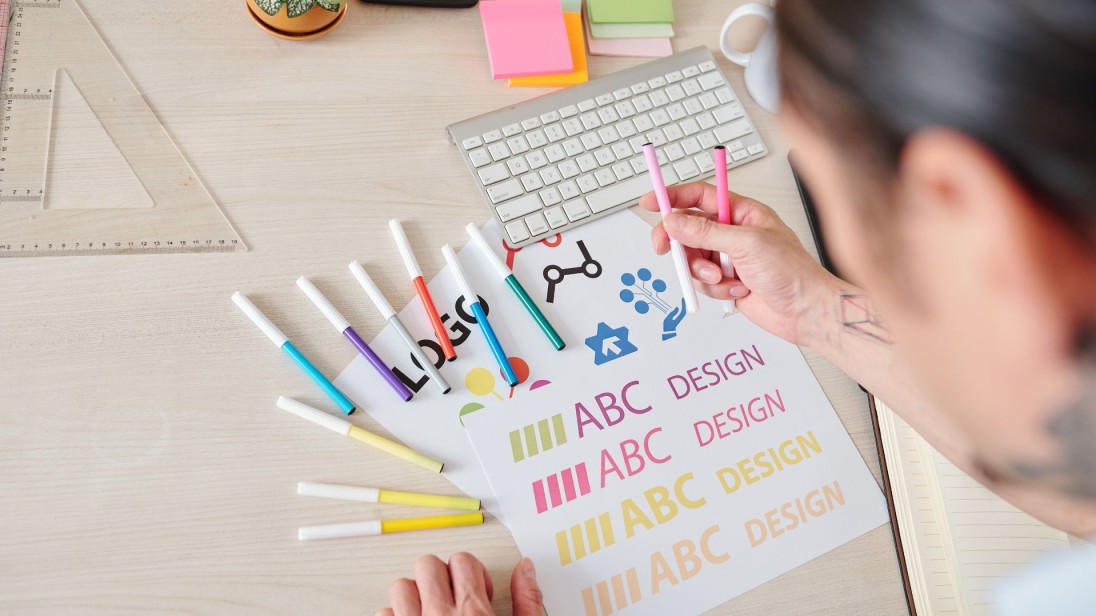
Want to make sure your logo hits the mark? Keep these tips in mind:
1. Keep it simple
Your logo should be understandable without needing much time to view it. Design choices should stay uncomplicated and limit the number of components.
Easy logos are better retained in memory even when viewers see them for less than two seconds.
2. Make it relevant
An environmental product brand should use design elements associated with eco-friendly themes. Companies operating in technology fields should pick designs that display modern digital aesthetics.
When you design with relevance to your target audience in mind you make immediate contact with your market.
3. Design with versatility in mind
Make it work across multiple screen sizes and appearance settings that are applied to any background. The design of your logo should remain as effective on business cards as on billboard advertisements.
4. Avoid trendy clichés
Your logo has to endure while trends change because they disappear by nature. Use traditional icons only when you give them an individual creative touch. A logo designed for timeless style will stay modern for at least five years.
5. Focus on your target audience
Consider your target buyers when designing the brand element. The presence of strong color and shape in a logo attracts teenage customers whereas smooth serif fonts work best for premium shoppers.
The logo should make viewers feel it was designed entirely for their personal needs.
6. Use negative space smartly
Both FedEx and Amazon use designed spaces effectively in their logos. It’s subtle but powerful. Creatively using empty space heightens the slight sense of braininess in logos so consumers can recall them better.
7. Be original
Always keep your own personal creative touch in your logo when you find inspiration from others.Using original logos helps your brand stand out in the market and prevents getting hidden among competitors.
4. Common Mistakes to Avoid in Logo Design

Failing to understand important actions proves critical to succeeding.
Keep the Design Simple
The logo should remain basic and easy to understand rather than looking like a piece of art. People cannot properly duplicate hard-to-reproduce logos and find it tough to retain them in memory.
Avoid Copying Other Logos
When you take another company's logo, you harm viewers' trust because they cannot depend on your branding. Using someone else's design can bring allegations of plagiarism and result in legal action.
Choose Colors Wisely
The use of neon green may look cool in current fashion but will likely lose its effectiveness over time. And does it match your brand?
You must combine an understanding of viewer perception with psychological colour rules when choosing colours.
Make Sure Your Logo is Mobile-Friendly
Phone screens make the same logo hard to recognise for people who see it. Validate your logo at all required sizes before adopting it as your product emblem.
Get Feedback from Your Target Audience
Your customers make up your target market, so they decide if your logo works well. Ask clients to evaluate their projects before completing work. Your users will easily spot design flaws that you failed to see.
You will solve your problems better by evaluating your design issues early.
5. 5 Free Logo Design Maker Tools
These programs and services assist when you choose to stay without hiring a designer or professional design tools.
Zoviz:
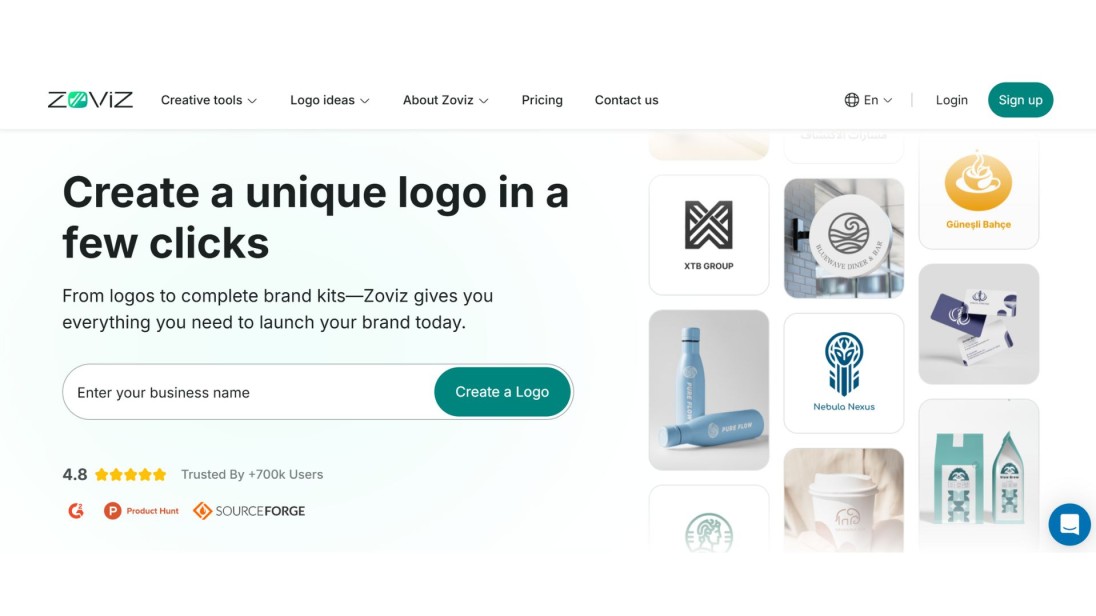
This AI-powered logo creation application, Zoviz, enables users to build professional logos efficiently. You can generate logo designs and preview them without cost; however, you need to acquire a package to download high-resolution files. Zoviz provides users with a full branding package including business cards, social media templates, and letterheads. The platform maintains support for various languages; therefore, users have the flexibility to build logos employing different scripts, and users receive options to download documents such as PNG, JPG, SVG and PDF files.
Canva
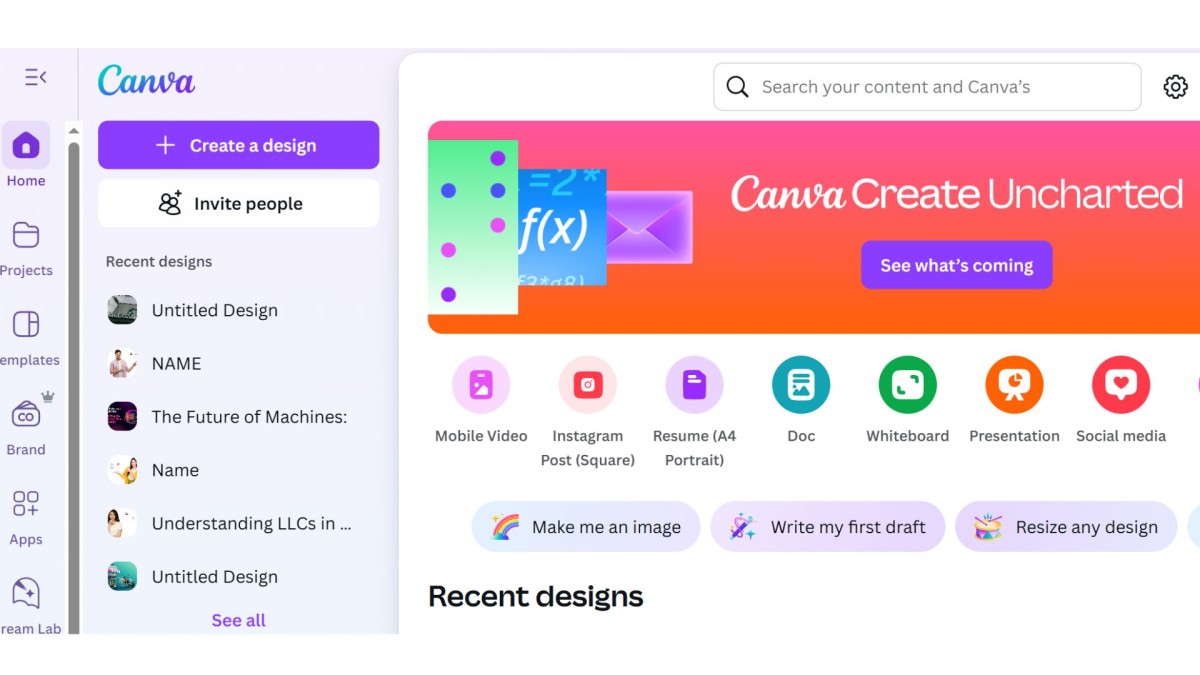
Beginner-friendly with hundreds of templates. The application gives users powerful options to build and adjust logo images through its simple drag-and-drop features.
You can access brand kits while exporting files to various formats, even if you use the free account.
Looka
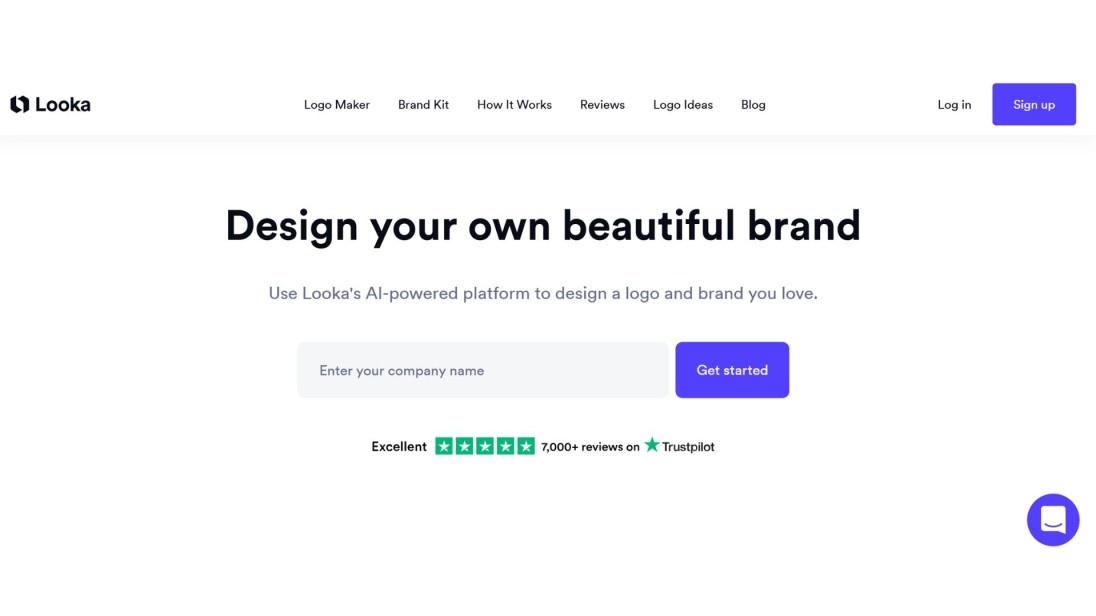
Combines AI with customisation options. Enter your brand name in the system and receive brand design samples right away.
The system offers all the tools needed to create a store logo that works specifically for your company.
Hatchful by Shopify
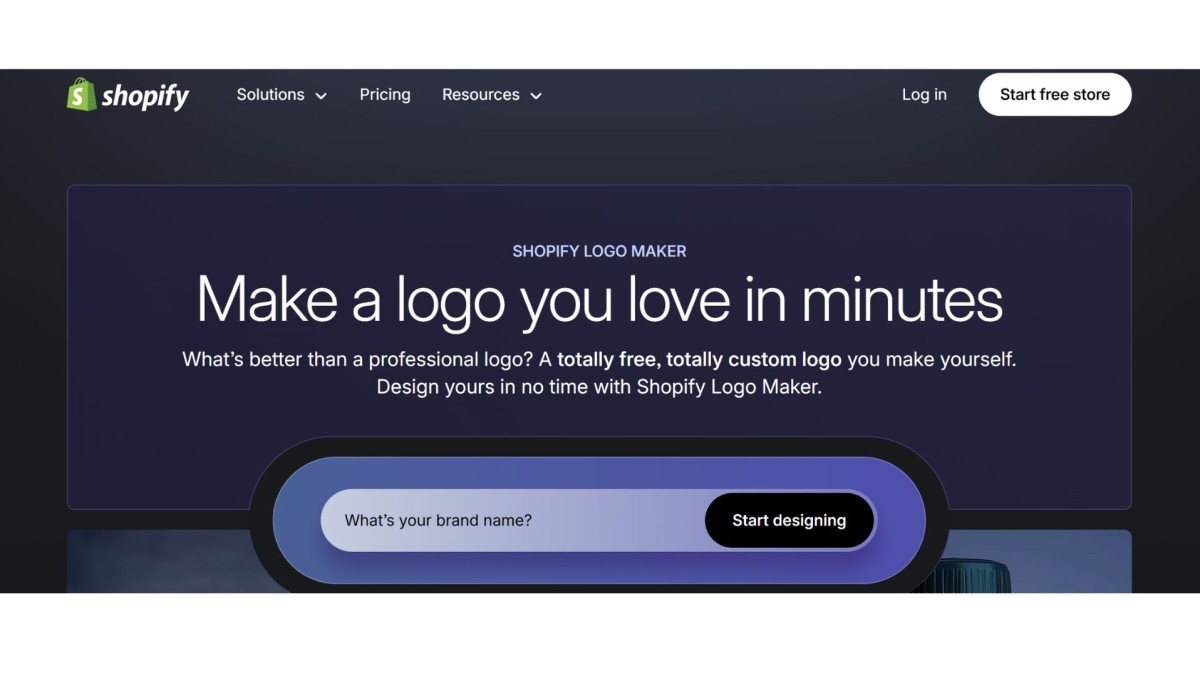
Ideal for e-commerce brands. Select a style and niche from your options to create your new logo.
The tool is excellent for stores built on Shopify.
Ucraft
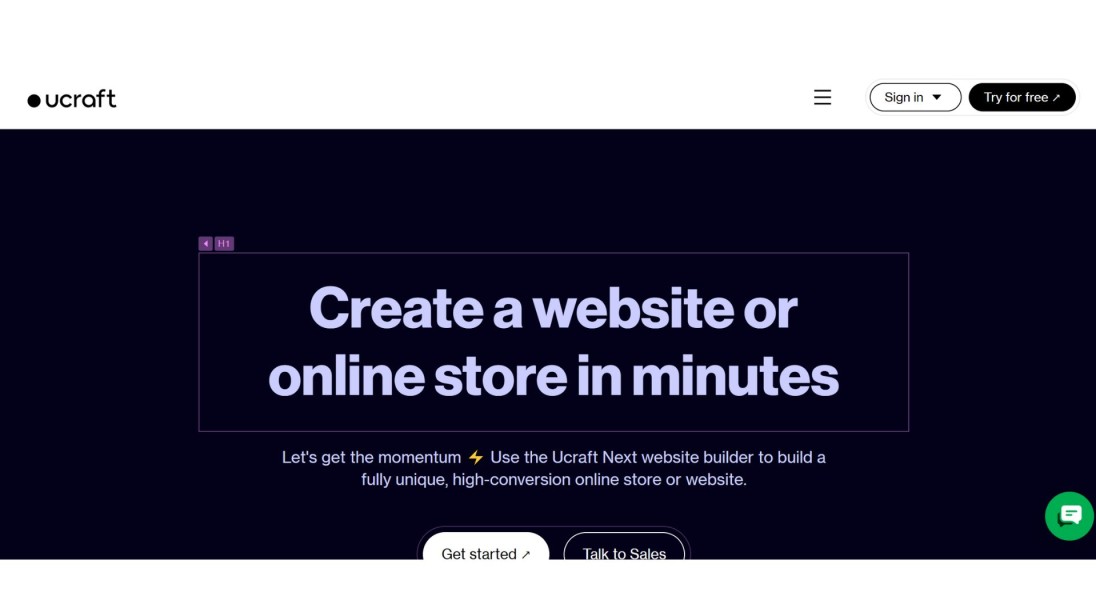
Quick and easy for text-based logos. Offers basic shapes and symbols too.
The tool offers a free download of a PNG file to all users including those without a subscription plan.
6. How to Design a Logo with AI

The way AI affects logo development is a paradigm shift, but you retain authority over the results.
AI logo design systems will prompt you about your business style, sector, and design preferences. They produce many different logo options in a short time period.
This guideline will help you effectively use AI design tools:
- Be specific with your inputs.
- Work with AI-based logos as starting ideas, not as finished results.
- Add your company identity by updating the layout design and text elements.
- Download logo results from the tool and examine them on all online platforms and physical product materials.
The AI logo generator tool Zoviz assists you in achieving professional brand-specific logos within seconds through its advanced AI platform.
Enter your company name and pick industry types to let the design tool assist you instantly. The system produces tailored logo proposals, which Zoviz's advanced AI system provides for customization after that.
Zoviz builds entire brand packages with all necessary materials such as business cards and social media assets alongside logo design.
Zoviz Features
- Quick Logo Creation You can get logo choices instantly once you enter your business name and pick a design style at Zoviz.
- AI-Powered DesignsThe platform creates special logos based on your business type and personal identity standards through its advanced technology.
- Easy to Customize Your logo transformation takes shape through adjustments to colour, font, symbol, and design arrangement without design experience.
- Full Branding KitZoviz provides you with both your logo and many other business design elements in one package.
- High-Quality DownloadsYou receive excellent quality digital files in PNG and SVG formats ideal for all your digital platforms and product items.
- One-Time PaymentYou can purchase your completed logo once you are satisfied with the results since it does not include a subscription plan.
7. How to Design a Logo: FAQ
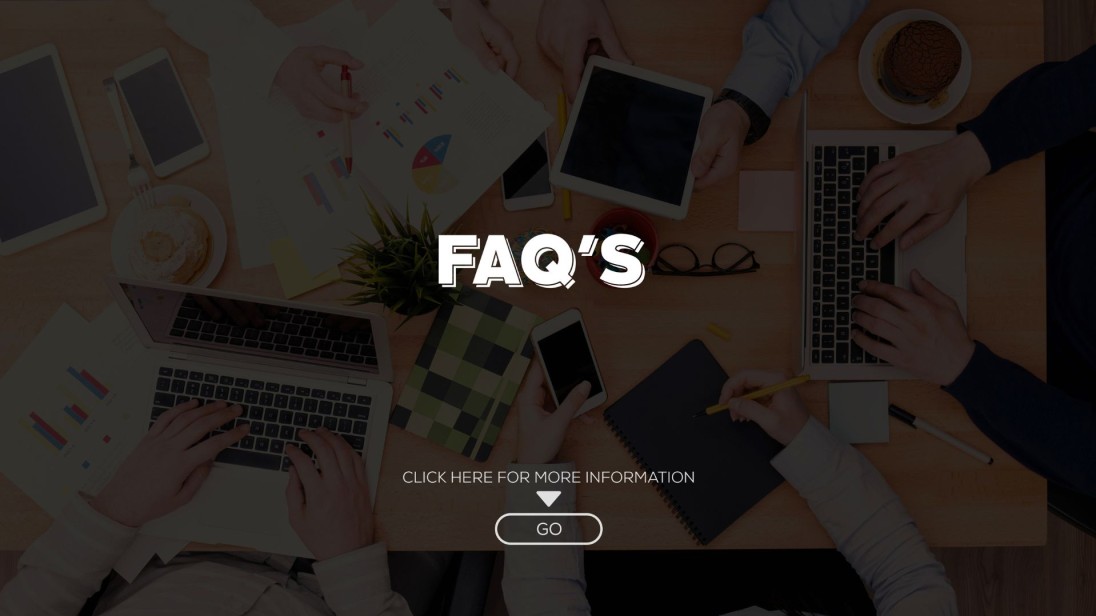
Q: Should I include my store name in the logo? You need a powerful and independent main symbol to achieve this effect. Most businesses running online stores experience success because consumers recognise their names.
Text-based logos greatly reduce startup costs because they help new companies create brand recognition.
Q: How many colours should I use in a logo?Two to three is ideal. A logo requires three elements at most to avoid appearing disorganised.
Fewer elements mean faster printing times and quicker loading speed.
Q: Can I use free icons or fonts in my logo? Review license terms before using the asset. Only the use of materials with commercial licenses is allowed.
Free image use helps minimise financial expenses and stops legal problems from happening.
Q: What format should my logo be in? Store the logo design using high-quality PNG or SVG files at all times. These types of files maintain high quality during upsized views.
Besides your selected file type, get the EPS format to work with professional printing needs.
Q: How often should I update my logo? Not too often. Unless major makeovers happen, you need to refresh your brand visuals approximately once in 5 to 7 years.
When you upgrade your design, you should keep the basic design features unchanged.
8. Final Thoughts
Your online shop logo is both a digital introduction and the primary recognition cue customers have of your business.
Your plan depends on how you create the logo, but it must remain tied to your brand identity.
The markings that speak the loudest are those that handle simplicity well and emit clear modern messaging.
And don’t rush it.
Devote your effort to producing a logo you will fully stand behind because the design will communicate much about your brand.
Properly designed logos become the most visible part of a brand and stand out as one of the main methods of impacting customers in today's digital environment.








